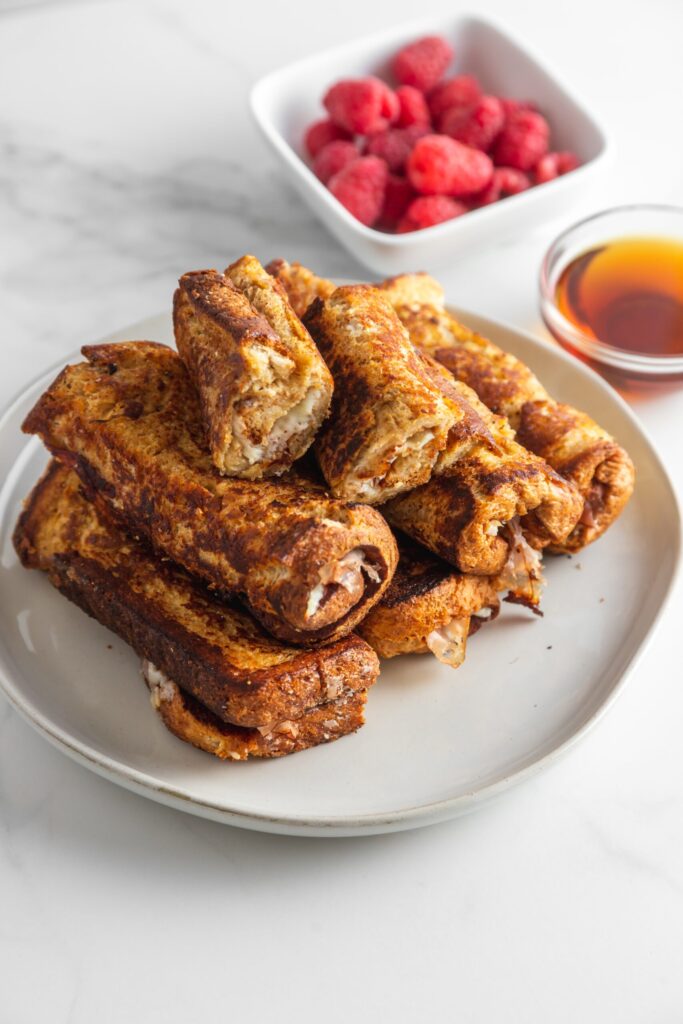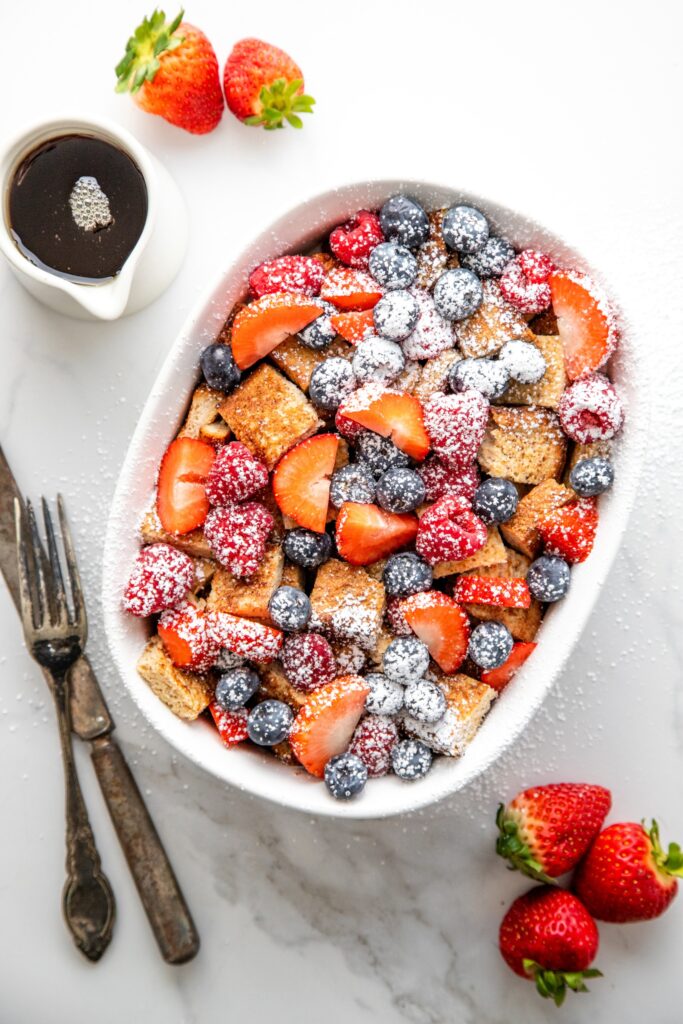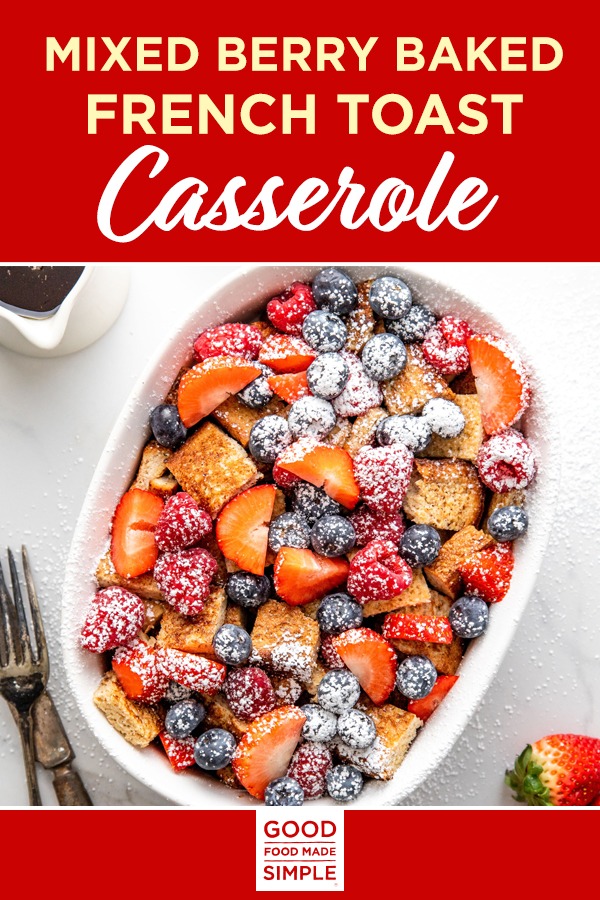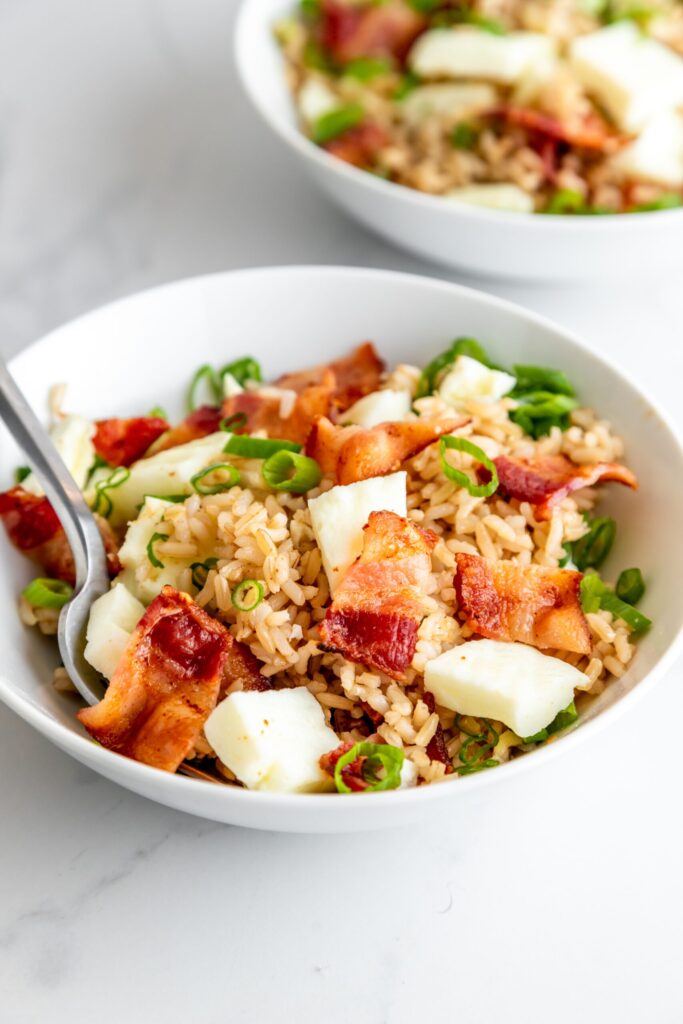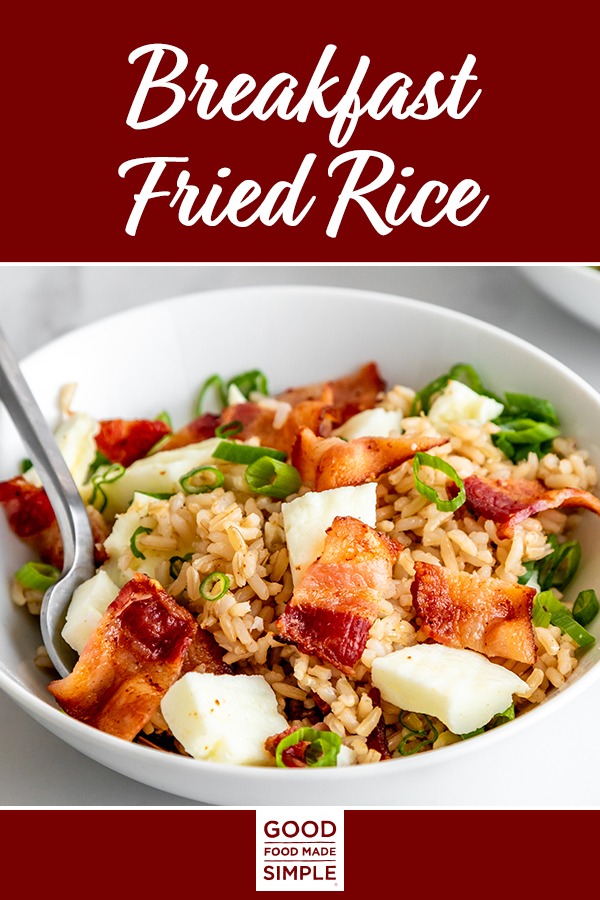Meats Free From Antibiotics: Why Do They Matter?
Consuming meat continues to be a hot health topic. Is it healthy? And how can it be healthier — better for the animals, our environment, and our bodies?
Antibiotic–free meat became high on our radar back in 2015 when Subway announced they were going to begin only serving only animal proteins that have never been treated with antibiotics. Since then, antibiotic-free meats have become popular vernacular in the health and food world. But what does it truly mean? And how does it differ from the other labels we see, like organic, grass-fed certified, and others?
This article will break down everything about meat, how it can be treated, and why animal protein free from antibiotics is an important label to look for in the grocery aisle and on your food menu.
Why Do People Use Antibiotics & Why Are They Harmful?
Here’s a not-so-fun fact: Out of all the antibiotics used in the United States, it’s estimated that 80% are given to animals in their feed or water. Antibiotics are typically used to promote growth or to prevent diseases — both factors that often result from animals being overcrowded and existing in unhygienic and poor living conditions.
The problem with using these antibiotics is they can result in “superbugs,” which are bacteria that have evolved over time to resist these antibiotics. Another term for these “superbugs” is “antibiotic resistance.” When the animal is being slaughtered, these superbugs end up in the animal’s meat, and often in the consumer’s kitchen. The next place they end up? Our own bodies.
This bacterial resistance can result in life-threatening illnesses and is now one of the most urgent threats to our health. Antibiotic-resistant bacteria can cause dangerous illnesses; once we have them in us, we are more vulnerable to developing antibiotic-resistant infections. Moreover, antibiotic-resistant bacteria are typically more expensive and challenging to treat. The more alarming fact is the CDC reports that 2 million people are infected and 23,000 people will die from antibiotic-resistant bacteria — every single year.
Still, there is hope. There currently is no government ban on giving animals antibiotics, but there are actions we can take. We can support farming practices that don’t use antibiotics and practice other farming methods, like organic and certified humane. The question is this — how do we know what meat is raised in a healthy and safe environment?
How to Shop and Eat Better Meat
Not all meat is created (and raised) equal. The next time you want some meat, here are the labels you should look for and what they mean.
Certified Organic. Meat (and fruits and veggies!) that are labeled organic must check the most health boxes. Organic food is defined as food grown from a farming system that avoids human-made fertilizers and pesticides, and most organic foods must generally follow guidelines like avoiding synthetic chemicals (fertilizers, pesticides, antibiotics, and food additives) and being physically distant from non-organic products. Organic farmers also undergo regular on-site inspections. For organic meat specifically, the meat cannot be treated with hormones or antibiotics and must be fed only organically grown feed that does not contain any animal byproducts, persistent pesticides, or chemical fertilizers. Organic meat animals (think: “happy cows”) have to have access to the outdoors, too.
Raised Without Antibiotics. This means exactly what you’d think: No antibiotics of any kind were used — whether in their feed, water, or by injection— in the raising of that animal. This includes ionophores, which are antibiotics that are used only in animals and not used in medicine for humans. This label also certifies that animals that become sick and require antibiotics are removed from the “no antibiotic” grouping of animals and are not processed with the “raised without antibiotics” label. One interesting difference between this label and organic is that producers send documentation to the USDA to support their “no antibiotic” claim, but there are no inspections and audits unlike organic meats and produce. The one caveat is this: If there is also a USDA Process Verified label on the package, this means that USDA inspectors have indeed visited the farm to confirm no antibiotics were used. However, you don’t need this extra label to deem your meat as “raised without antibiotics.”
No Medically Important Antibiotics. This one’s a little different from “Raised Without Antibiotics.” This label means that antibiotics only used to treat people (for medically inclined folks, this includes amoxicillin, erythromycin, and tetracycline) have never been used on animals. This, then, does not include the ionophores antibiotic we explained above. In other words, this allows for the use of antibiotics that aren’t used on humans, which can still lead to the antibiotic-resistant issue.
No Critically Important Antibiotics. This label means that no animals were given antibiotics that are claimed as “medically important” within human medicine. You probably won’t see this label very often, but if you do, it’s best to find meat that has the entire “raised without antibiotics” seal instead.
No Growth-Promoting Antibiotics. If you’ve ever picked up a Shady Brook Farms or Honeysuckle package, you might recognize this seal. The “no growth-promoting antibiotics” label means that no antibiotics were fed to the animal for one sole purpose — to speed up growth. This means that antibiotics could still have been used to help prevent the animal from becoming sick. The weirdest part is that technically, all antibiotics can be used to prevent illness, so this practice hardly an improvement over the current standards in the meat industry.
American Grassfed Certified. This label means that animals were only given grass and forages like hay, for its entire life. They are also raised on pasture versus having to eat in a feedlot. However, there’s a caveat here, too. The label is regulated by the USDA’s Food Safety and Inspection Services (FSIS), a third party regulator, and it isn’t strictly enforced. More importantly, this label refers only to the animal’s diet. Animals can still receive antibiotics and other hormones from an injection. Lastly, this label only refers to beef, bison, goat, lamb, and sheep — chicken or turkey are excluded.
Certified Humane. Being “Certified Humane” means that the animal was never confined in a cage or crate. This doesn’t mean they have access to a pasture or an antibiotic-free diet. In fact, antibiotics can be used to treat a sick animal. However, the benefit here is the label means the animals were slaughtered “with minimal suffering.”
Everyone Benefits
While no meat is created equal, it’s also apparent that no label is created equal either. While organic and antibiotic-free labels are best, all of these labels above are better than the industry standard, which is arguably dangerous for our animals, our environment, and our health.
Moreover, not only is antibiotic-free, organic, or other humane labels safe for the consumer. A recent Consumer Reports survey found that of over 1,000 people, 43 percent said they “always or often” buy meat raised without antibiotics at the grocery store. Moreover, nearly 6 in 10 people are more likely to eat at a restaurant if the meat and poultry were raised without antibiotics. They would pay more for a “no-antibiotic” burger, too/. This means that antibiotic-free meat is beneficial for farmers, grocers, and chefs — so they should get on the antibiotic-free train, too.
